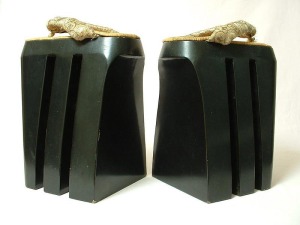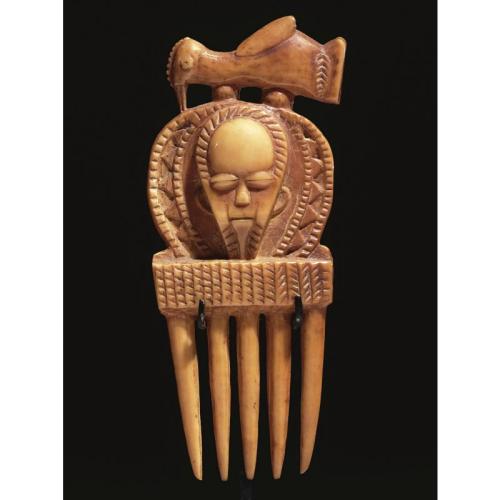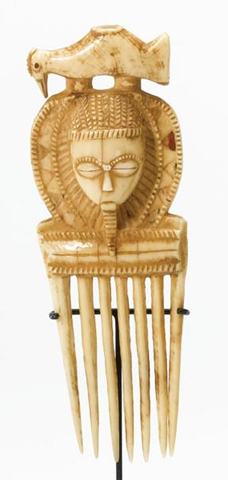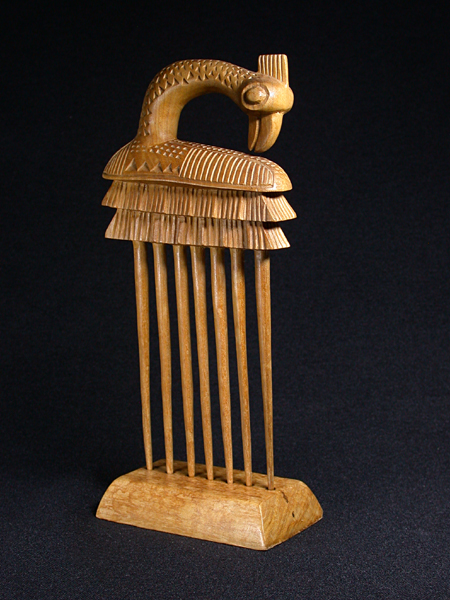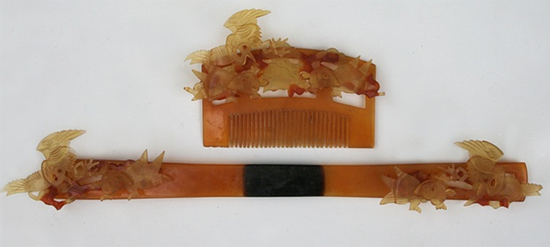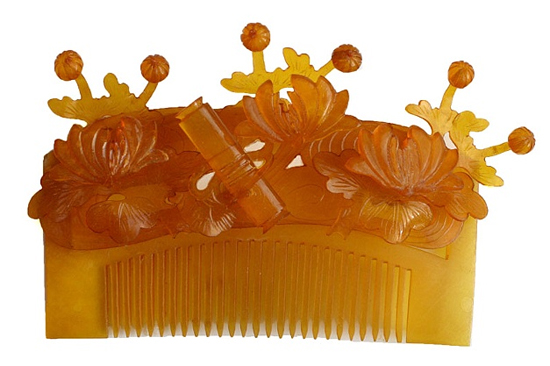The Creative Museum recently acquired this Italian hairpin topped in blonde tortoiseshell with Putto, Cupid’s name in the Italian Renaissance. The bottom of the stick is dark shell. The piece was made in the Sapio Workshops in Napoli, c. 1900.


Here is a dragon The Creative Museum already had from the Sapio Workshops.

What this means is that my beloved bird hair stick, which I thought was Chinese, is really Italian and also from the Sapio Workshops in Napoli. My Neopolitan Bird!

There have been more acquisitions by the Creative Museum, so look for further posts! :-)


